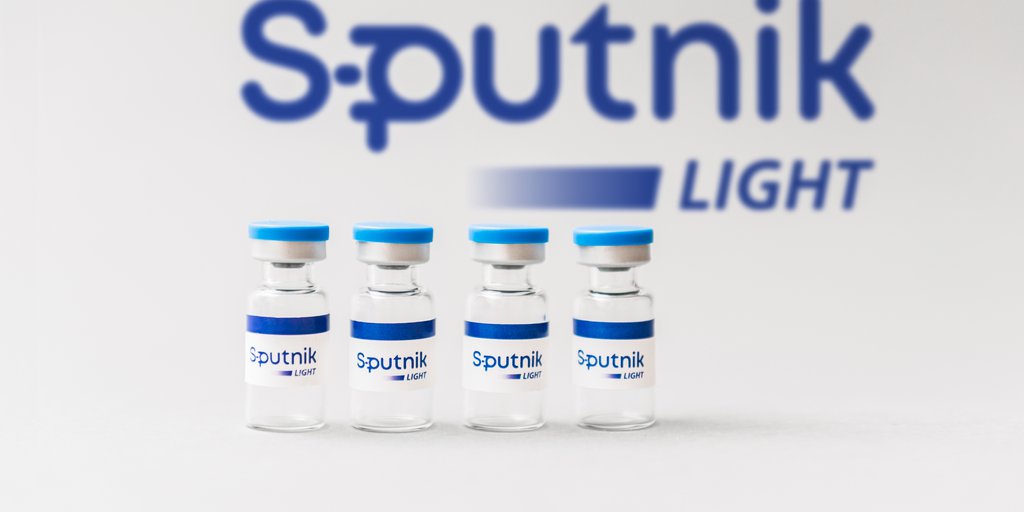On May 6, the Russian Ministry of Health registered a new single-component vaccine against COVID-19 “Sputnik Light”. A few weeks later, the Russian drug managed to arouse interest far beyond the borders of the country. How was “Sputnik Light” welcomed in Latin America? How did this vaccine appeal to Latin American states?
According to the latest data, in Russia more than 11 million people have already received two doses of the vaccine and about 17 million people have one dose of the vaccine. A total of 17% of the population in Russia is vaccinated. Is it a lot or a little? According to a number of experts, on the one hand, it seems to be enough, 17% of the population is millions of people. On the other hand, if we turn to the experience of other countries, for example, in Israel, where more than 60% of the population is already vaccinated, in the Arab Emirates, where more than half of the population is vaccinated, in the United States, where, with a huge population of the population, 40% have already been vaccinated, the rate of vaccination in Russia would like to accelerate. Nevertheless, to date, four vaccines against COVID-19 have been registered in the country: “Sputnik V”, “EpiVacCorona”, “Kovivak” and “Sputnik Light”.
The fourth Russian vaccine, “Sputnik Light”, received official registration on May 6. For the emergence of immunity, one injection of the drug is enough, before that the only registered single-component vaccine was the development of the “Johnson & Johnson” company. “Sputnik Light” is the first component of the already well-known “Sputnik V”, which in August 2020 became the world’s first registered coronavirus vaccine. This vector drug was developed on the basis of the human adenovirus, which is used to transport the genetic information of the SARS-CoV-2 coronavirus. Studies have estimated that “Sputnik V” is currently 97.6% efficient. This is the highest rate in the world.
According to the Russian Direct Investment Fund (RDIF), the effectiveness of “Sputnik Light” was 79.4% (28 days after vaccination) – higher than that of many two-component vaccines. For example, in the drug from “AstraZeneca” it reaches about 70%. At the same time, studies show that the Russian drug is effective, including against new strains of coronavirus.
Despite the fact that the new version of the Russian “Sputnik” was registered three weeks ago, a number of countries are already interested in this drug. It should be noted that today, one of the main problems remains logistics, which in some cases slows down the pace of vaccination. For this reason, a single-component vaccine could be a new tool in the fight against coronavirus. In turn, a number of Latin American countries have already paid close attention to the possibility of using “Sputnik Light”.

The day after the official registration of “Sputnik Light”, following the visit of the Minister of Foreign Affairs of Mexico to Moscow, the laboratory of biological agents and reagents of this Latin American country, “Birmex”, submitted a request for the urgent use of a new Russian vaccine against COVID for consideration by the Mexican sanitary regulator “Cofepris”. According to the laboratory, the files contain data on the first and second stages, and preliminary results of the third stage of clinical trials, which are necessary to assess the safety and effectiveness of “Sputnik Light”. In addition, the Mexican laboratory “Birmex”, which carries out the logistics of vaccines for the national immunization program against COVID-19, intends to debug and certify the bottling and packaging of “Sputnik V” in the amount of 90 million doses per year by July-August and then begin exporting it. The production of a test batch is scheduled for the last week of June. The Mexican Foreign Minister Marcelo Ebrard (Marcelo Luis Ebrard Casaubón) in his statement noted that the government is optimistic about the prospects for the use in the country and the new version of the Russian “Sputnik”.
Venezuela was among the first countries to approve the use of the new Russian drug. On May 15, the RDIF announced the approval of the “Sputnik Light” vaccine against coronavirus by the Ministry of Health of the Bolivarian Republic of Venezuela. Currently, in this Latin American country, the Russian vaccine “Sputnik V” and the drug of the Chinese company “Sinopharm” are used to immunize the population. In addition, clinical trials of the Russian drug “EpiVacCorona” have begun in Venezuela. Following Venezuela, on May 20, the single-component Russian vaccine “Sputnik Light” was approved in Nicaragua.

At the end of April, it was reported that Bolivia had announced its interest in localizing the production of “Sputnik Light”. On May 24, the Bolivian President Luis Arce (Luis Alberto Arce Catacora) was vaccinated with the Russian anti-coronavirus drug “Sputnik V”.
These and other data and indicators indicate broad prospects for the use of the one-component Russian drug “Sputnik Light” in Latin America, where in total there are more than 30 million confirmed cases of coronavirus against the background of a continuing shortage of vaccines. In this sense, the example of Argentina is indicative, where since April they began to focus on vaccination with the first component of “Sputnik V” as many citizens as possible before completing the process of immunizing those who have already received it. This decision was made by the Argentine Ministry of Health after in the UK it was possible to reach a large part of the population in this way. In addition, the decision was supported by studies on the effectiveness of only one dose of the “AstraZeneca” vaccine. Moreover, the studies carried out have shown that the effectiveness of the drug increased if the time interval between the administrations of the vaccine components increased. The fact that in Russia, with the support of relevant scientific trials, the “Sputnik Light” drug was approved, clearly demonstrates that in Argentina, vaccination with the Russian vaccine can be continued with the chosen method.
Experts now believe that the “Sputnik Light” could become the main export vaccine. The conditions of storage and transportation of the drug are identical to those of storage and transportation of the “Sputnik V” vaccine, and the cost will also not exceed $ 10 per dose.


